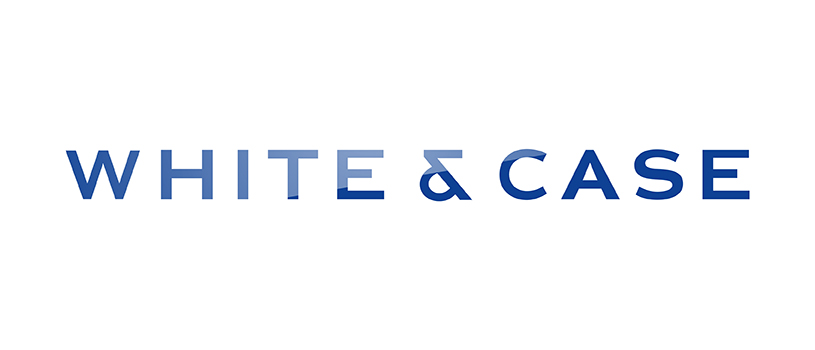In the US, the Inflation Reduction Act (IRA) of 2022 has thus far been a clear market signal to incentivise private capital flows into the energy transition. The IRA allocated $369b of federal funding toward energy security and climate change programmes, with a major emphasis on renewable energy development. Further, the IRA established a number of new tax credits aimed at increasing adoption of clean energy technologies in pursuit of ambitious targets to lower greenhouse gas emissions.
However, the law stipulated that new investments comply with a domestic content requirement, known as “Buy America”. In order to be eligible for the electric vehicle (EV) tax credit of $7,500, for instance, the critical minerals and battery components of the EV must be sourced and manufactured either in North America or by a country with an existing free trade agreement (FTA). Ostensibly, the intent was to reduce US reliance on products originating from China—ranging from the aforementioned EV batteries to renewable energy components such as solar photovoltaic panels. As is not uncommon in transformative national policy, though, Buy America may have led to unintended consequences.
Given the robust supply chains abroad needed to support the burgeoning EV segment and related emerging clean energy technologies, the domestic content mandate initially struck the wrong chord. Both the EU and Japan stated that the requirement was discriminatory and not in the spirit of like-minded economies to build out the energy transition. Neither the EU nor Japan hold FTAs with the US, although there has been an established record of mutually beneficial trade flows.
Accordingly, the EU and Japan set out to counterbalance the perceived protectionist effects of the IRA, particularly due to the sheer magnitude of funds to be spent by the US in the coming years.
The EU had already passed the European Green Deal in 2020, which provided €503b ($538b) through the end of the decade. Responsive to the scope and scale of the IRA, the EU introduced a revised version entitled the Green Deal Industrial Plan (GDIP) in the spring of 2023. The GDIP compels the EU to fulfil its goal of net-zero emissions by 2050. Notably, the new plan proposes to streamline the permitting process for new renewable energy generation, create a new agency (the European Critical Raw Materials Board) to oversee and expedite rare earth mineral projects, and bolster the prospects for clean hydrogen development through relaxing EU subsidies rules and financial incentives, among other provisions.
In this context, the EU has already relaxed its EU state aid rules to respond to the IRA, which further simplify the grant of (highest amount of) subsidies to energy transition projects. In response to the IRA, the EU also exceptionally allowed its EU member states to offer “matching aid” to companies wanting to relocate from the EU to the US—or elsewhere—because of foreign subsidies.
In addition to the GDIP, the European Commission proposed the Net-Zero Industry Act (NZIA) as a complementary piece that would formalise specific targets for decarbonisation and related sourcing. In particular, the proposal would require at least 40% of clean technology be derived from EU countries by 2030. The NZIA would also purport to streamline—or eliminate entirely—certain bureaucratic and regulatory bottlenecks for the most impactful “strategic” technologies, including but not limited to solar photovoltaic, onshore and offshore wind, batteries, heat pumps, clean hydrogen, nuclear fission and carbon capture.
Finally, at the beginning of 2023, the EU also adopted the EU Foreign Subsidies Regulation (FSR), which gives new powers to the European Commission to investigate subsidies provided by non-EU countries that may distort the EU internal market. Applicable as of 12 July 2023, the FSR establishes a new system of foreign subsidies control, under which the IRA may be subject to the European Commission’s review.
Meanwhile, Japan responded in kind to the IRA by enacting the Green Transformation Basic Policy, more commonly known as GX, in May 2023. The primary goal of GX is to meet domestic carbon reduction targets of 50% by 2035 and net-zero by 2050. Japan authorised $14b into GX to eventually support its public-private investment goal of a $1t decarbonisation market focused on the domestic industrial, transportation and energy sectors.
However, the overarching approach in Japan deviates from the US and EU. A substantial amount of funding in GX will go toward existing fossil fuel facilities, through technology such as “zero-emission thermal power” achieved by the use of hydrogen, ammonia or biomass in natural gas and coal power plants.
It is worth pointing out that the geographic limitations of Japan yield fewer opportunities to deploy large-scale renewable generation projects with large footprints. With that consideration in mind, it may be prudent for Japan to build facilities beyond its borders—such as in Australia or the Middle East—to produce hydrogen for import. As such, GX appears to double down on hydrogen fuel-cell technology in vehicles rather than pivoting to EVs, where its market share is minimal and is likely to only diminish in light of the massive investments detailed earlier by the US and EU, as well as existing power players such as South Korea.
Any views expressed in this publication are strictly those of the authors and should not be attributed in any way to White & Case LLP.
Serena A. Rwejuna, partner, Aaron Bryant, energy analyst, and Irina Trichkovska, counsel at White & Case.
This article was published as part of PE Outlook 2024, which is available for subscribers here. Non-subscribers can purchase a copy of the digital edition here.










Comments